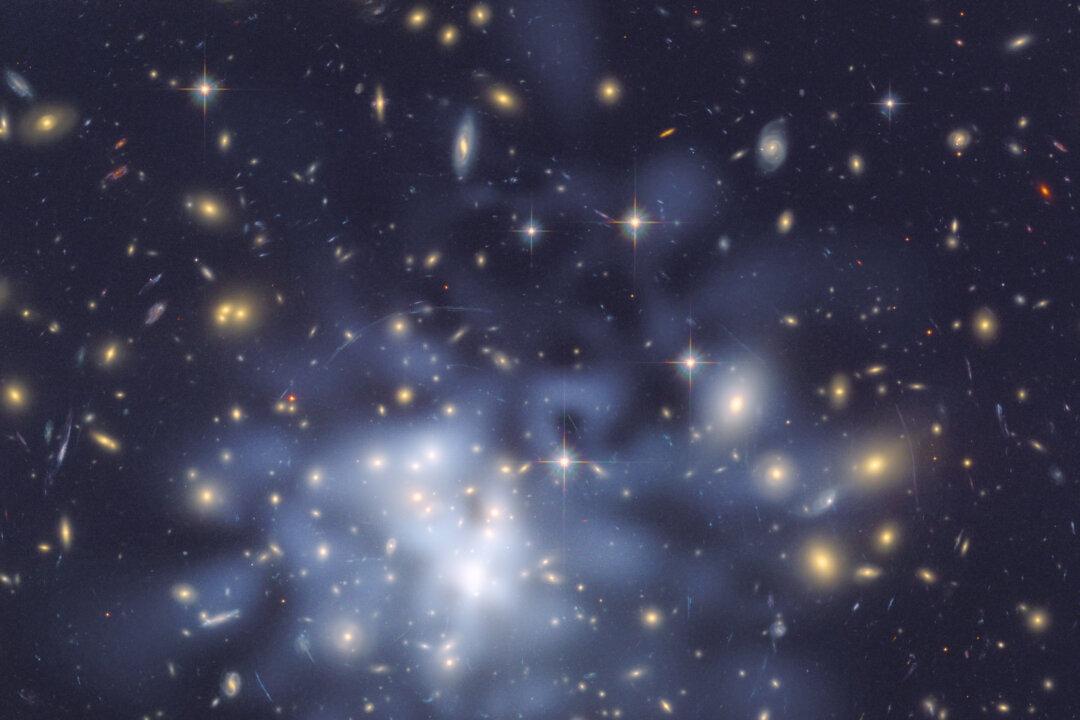Dark matter is the most common stuff in the universe. A billion sub-atomic particles of dark matter pass through your outstretched hand every second, yet few if any of these ethereal particles might actually touch and rebound from your hand in your lifetime. Now, studies are beginning to shed some light on this mysterious substance.
Astronomers have known since the 1930s that there is more than just the visible universe. The Milky Way, the galaxy we live in, is spinning too fast to be held together by the gravity between its stars. If stars were all there is, we should have long ago been flung off our cosmic roundabout. Instead, our galaxy contains about six times more material of some kind than is accounted for by every atom of all the elements in the periodic table: material known as dark matter.
